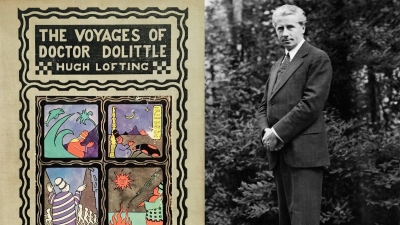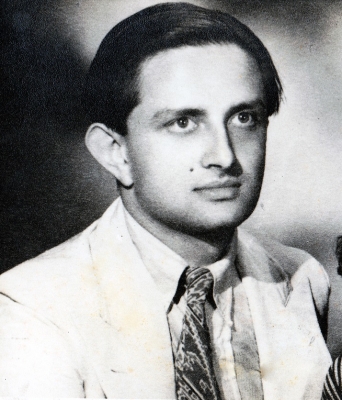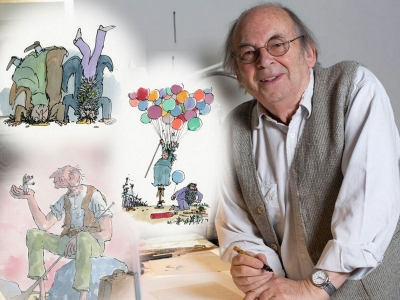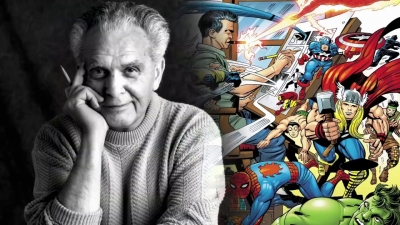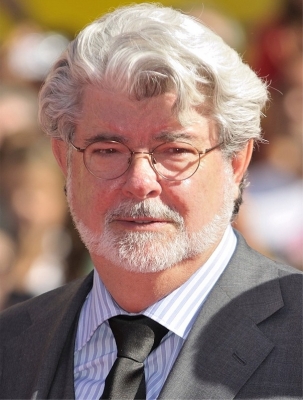
On May 25, 1977, a low-budget science-fiction film opened in just 32 movie theaters across the United States. The film, packed with strange characters such as lightsaber-wielding Jedis and Wookiees, surprisingly caught the public imagination and broke all box-office records across the country.
That film was none other than the cult classic Star Wars, and the little-known filmmaker, who conceived, wrote and directed it was George Lucas. He pioneered a new way of making films and merchandising in Hollywood.
Want to know more about this cinematic genius? Read on…
Early life
George Lucas Walton Jr. was born in a small town of Modesto in California on May 14, 1944. From a young age, Lucas had big ambitions: he wanted to become a professional race car driver. A young Lucas was dazzled by the speed, glamour and thrill of the car racing circuit. As a teen, he even took part in underground car races. A near-fatal car racing accident however altered his aspirations and forced him to pursue other interests.
Cine-magic
He gave up car racing and instead, began filming car races. Gradually, he developed an interest in cinema, Lucas started devouring avant garde and classic European films such as Jean-Luc Godard’s Breathless and Francois Truffaut’s Jules et Jim. His interest grew so strong that he decided to study the art of film making. He signed up at the University of Southern California (USC) School of Cinematic Arts, one of the earliest universities devoted to motion picture film, where he met many other aspiring filmmakers such as Steven Spielberg and Randal Kleiser. At USC, Lucas developed a passion for camera work and editing.
Opportunity of a lifetime
In 1967, he submitted a short film Electronic Labyrinth: THX 1138 4EB at a student film festival. The film received critical acclaim, earning him a student scholarship by Warner Bros. As part of the scholarship, Lucas could work on the making of a film of his choosing. An enthusiastic Lucas chose Finian’s Rainbow directed by Francis Ford Coppola, a revered filmmaker of the time.
Impressed by Lucas, Coppola teamed up with him to create the American Zoetrope studio dedicated to encouraging alternative approaches to film making. His first major film was American Graffiti, based on his teenage years in Modesto. The film was nominated for an Oscar in best picture, a major achievement for a budding director.
Next Lucas decided to remake his childhood favourite Flash Gordon series. However, he was unable to obtain rights for it. So he embarked upon writing an original story based in space that would eventually become Star Wars.
Overcoming challenges
Contrary to the science-fiction films of the time, Lucas wanted to make something light and targeted towards young adults. So he began working on the space drama Star Wars. But its production was quite tumultuous. From budget constraints and health issues to natural disasters, Lucas had to overcome great odds along the way. On the first day of filming A New Hope, a huge Tunisian storm destroyed the set and delayed shooting, some of the electronic equipment malfunctioned, and to make matters worse, actor Mark Hamil, who plays Luke Skywalker, was injured in an accident towards the end of production. That’s not all, Lucas had an equally tough time finding producers for the film. It was turned down by major studios such as United Artists and Universal. But an undeterred Lucas, finally managed to convince 20th Century Fox to invest in the film.
Indy tales
After the success of the first film, Lucas worked on more Star Wars films and television spin-offs. Desperate for a break, he focused his creative energy on creating another legendary character, the rugged, globetrotting adventurer Indiana Jones. He collaborated with his college friend Steven Spielberg to develop the series, which remains popular even today.
Giving back
Star Wars and Indiana Jones became two of the world’s most successful film franchises, paving the way for others such as Harry Potter and Marvel. Today, Lucas is worth an estimated $6.1 billion. But in 2010, the billionaire signed the Giving Pledge, which is a promise to give away half his wealth during his lifetime. He was particularly interested in donating it for the cause of improving education. A noble gesture, indeed!
Picture Credit : Google

